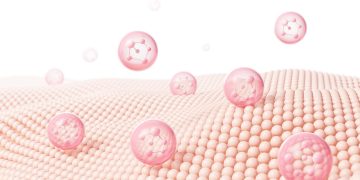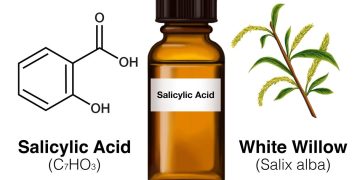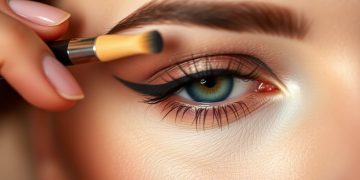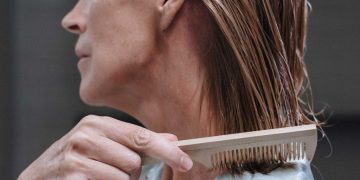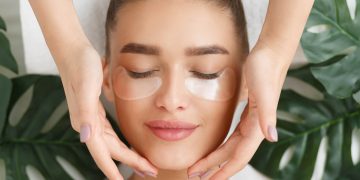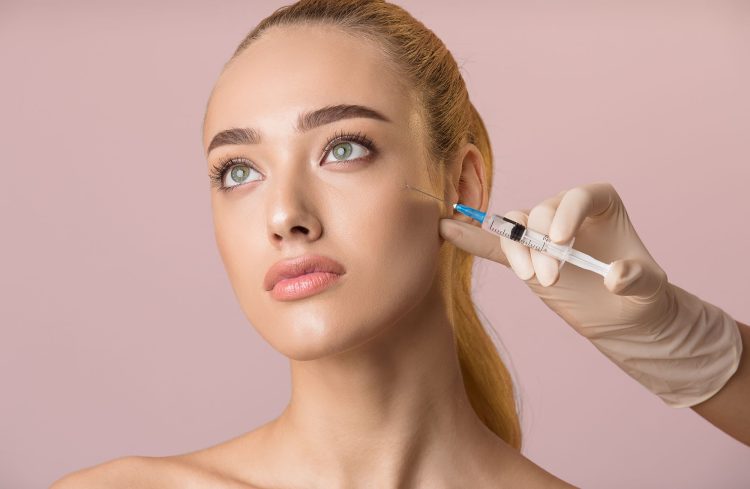Introduction: What Are Dermal Fillers and How Do They Work?
As we age, our skin naturally loses its youthful volume and elasticity, leading to the formation of wrinkles, fine lines, and hollow areas on the face. To combat these signs of aging, many people turn to cosmetic treatments, and one of the most popular and effective options is dermal fillers. Dermal fillers are injectable substances designed to restore lost volume, smooth out wrinkles, and enhance facial features.
Dermal fillers work by filling in the spaces under the skin where volume has been lost, thereby restoring the skin’s smoothness and youthful appearance. The procedure is minimally invasive and is typically performed in a dermatologist’s or cosmetic surgeon’s office. Depending on the type of filler used, the results can be seen immediately after the treatment, making it an attractive option for those looking for a quick and effective solution to combat aging without the need for surgery.
In this article, we will explore what dermal fillers are, the different types available, their benefits, potential risks and side effects, and how long the results last. By the end of this article, you will have a comprehensive understanding of whether dermal fillers are a safe and reliable solution for wrinkle prevention.
Types of Dermal Fillers: Hyaluronic Acid, Collagen, and Fat Injections
There are various types of dermal fillers available, each formulated to target different aspects of aging skin. The most commonly used fillers are hyaluronic acid-based, collagen-based, and fat injections. Each of these has unique properties that make them suited for different purposes.
- Hyaluronic Acid Fillers:
Hyaluronic acid (HA) is a naturally occurring substance in the body that helps retain moisture in the skin, providing volume and hydration. HA-based fillers, such as Restylane and Juvederm, are among the most popular and widely used dermal fillers. These fillers are particularly effective in smoothing out wrinkles and adding volume to areas like the cheeks, under the eyes, and around the mouth. Hyaluronic acid is biocompatible, meaning it is naturally accepted by the body, reducing the likelihood of allergic reactions.
HA fillers work by attracting and binding water molecules to the injected area, providing a plumping effect that smooths out wrinkles and fine lines. The results are typically immediate, and since HA is biodegradable, the filler gradually breaks down over time, allowing the body to naturally absorb it. These fillers are ideal for people seeking non-permanent, natural-looking results.
- Collagen Fillers:
Collagen is a protein that provides structure and elasticity to the skin. Collagen-based fillers, such as Zyderm and Zyplast, were once the gold standard in wrinkle treatment, but they have largely been replaced by hyaluronic acid fillers in recent years. However, collagen fillers are still used for certain purposes, such as adding volume to facial wrinkles or enhancing the lips.
Collagen-based fillers are derived from either bovine (cow) or human sources. Since they are not naturally produced in the body, a skin test is often required before the procedure to check for any allergic reactions. These fillers are typically absorbed by the body over time, and multiple treatments may be necessary to maintain the results.
- Fat Injections (Autologous Fat Transfer):
Fat injections, or autologous fat transfer, involve harvesting fat from one part of the patient’s body (usually the abdomen or thighs) and injecting it into areas of the face that require volume restoration. Fat injections can be used to fill in deep wrinkles, add fullness to the cheeks, or restore volume to the hands. This option is particularly appealing for people who prefer a natural solution, as the filler is derived from their own body.
While fat injections provide long-lasting results, the procedure is more involved than other types of dermal fillers because it requires liposuction to extract the fat. Furthermore, the body may absorb some of the injected fat, meaning the results may not be as permanent as anticipated, and touch-ups may be necessary.
Benefits: Reducing Wrinkles, Adding Volume, and Enhancing Facial Contours
Dermal fillers have become a go-to solution for many people looking to reverse the signs of aging and restore a youthful appearance. Here are some of the key benefits of using dermal fillers:
- Reducing Wrinkles and Fine Lines:
One of the primary reasons people turn to dermal fillers is to address wrinkles and fine lines, particularly in areas such as the forehead, around the eyes, and the nasolabial folds (lines that run from the nose to the corners of the mouth). By restoring lost volume beneath the skin, dermal fillers smooth out these wrinkles and make them less noticeable.
- Adding Volume to the Face:
As we age, we often lose volume in areas like the cheeks, under the eyes, and the temples. This loss of volume can create a sunken or hollow appearance. Dermal fillers help restore fullness to these areas, giving the face a more youthful and refreshed look. Hyaluronic acid fillers are particularly effective in adding volume to the cheeks and chin, while fat injections provide a more long-lasting solution.
- Enhancing Facial Contours:
Dermal fillers can also be used to enhance facial contours. For example, they can be used to plump the lips, define the jawline, and lift the eyebrows. This ability to shape and define the face is one of the main reasons why dermal fillers have become so popular for non-surgical facial rejuvenation.
- Non-Surgical Solution:
One of the most significant benefits of dermal fillers is that they offer a non-surgical option for people who want to improve their appearance without undergoing invasive surgery. The treatment is quick, minimally invasive, and requires little to no downtime, making it an attractive option for those who want to avoid the risks and recovery time associated with traditional facelift surgery.
Risks and Side Effects: Swelling, Bruising, Allergic Reactions
While dermal fillers are generally considered safe, they are not without risks. As with any cosmetic procedure, it’s important to be aware of potential side effects and complications.
- Swelling and Bruising:
After receiving dermal filler injections, it’s common to experience some swelling and bruising at the injection site. These side effects are usually mild and temporary, typically lasting a few days to a week. However, some individuals may experience more pronounced swelling or bruising, especially in delicate areas like under the eyes or around the lips.
- Infection:
Although rare, infections can occur if the procedure is not performed in a sterile environment. To reduce the risk of infection, it’s important to choose a qualified and experienced practitioner who follows proper hygiene protocols and uses sterile needles and equipment.
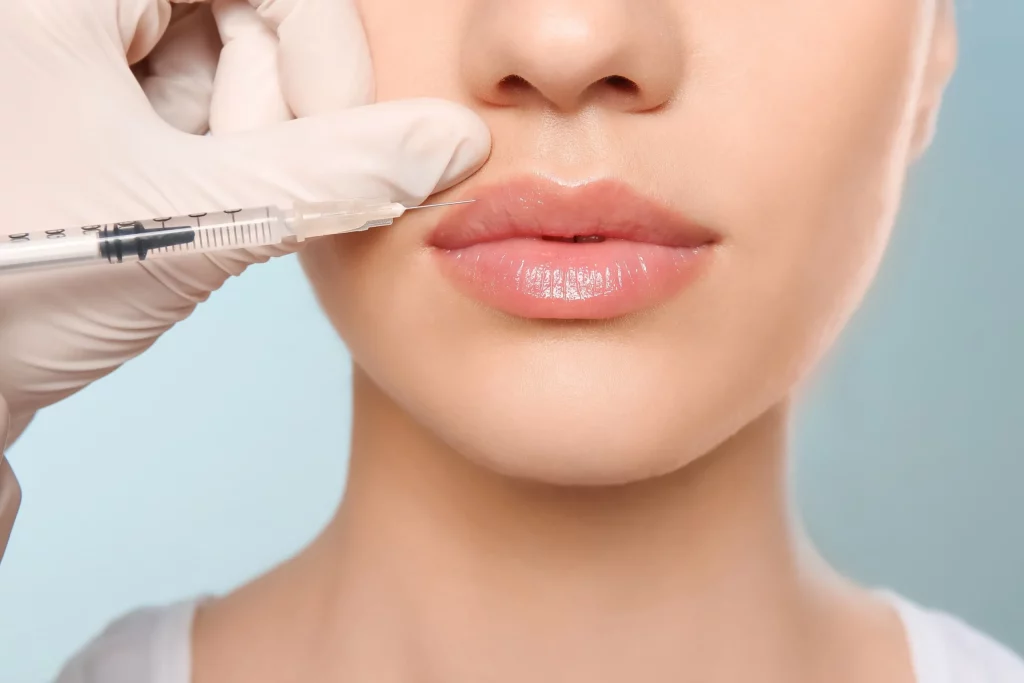
- Allergic Reactions:
While hyaluronic acid fillers are generally well-tolerated, some individuals may experience an allergic reaction to the filler material. This is more common with collagen-based fillers, as they are derived from animal products. Symptoms of an allergic reaction may include redness, itching, or swelling at the injection site. To minimize the risk of an allergic reaction, a skin test may be performed before treatment.
- Lumps or Irregularities:
In some cases, dermal fillers can create lumps or irregularities in the skin if not properly injected. This can occur if the filler is not evenly distributed or if the injection technique is incorrect. Fortunately, these lumps can often be massaged out or corrected with additional injections.
- Vascular Complications:
Although rare, vascular complications can occur if the filler is accidentally injected into a blood vessel. This can cause tissue damage, scarring, or even blindness in extreme cases. This is why it’s essential to choose a skilled and experienced practitioner who understands facial anatomy and knows how to avoid such risks.
Longevity and Maintenance: How Long Do the Results Last?
One of the main considerations when opting for dermal fillers is how long the results will last. The longevity of dermal fillers depends on several factors, including the type of filler used, the area treated, and individual factors such as skin type and metabolism.
- Hyaluronic Acid Fillers:
Hyaluronic acid fillers typically last between six months to two years, depending on the brand and area of treatment. For example, fillers used to add volume to the cheeks may last longer than those used for fine lines around the mouth. Over time, the body naturally breaks down the hyaluronic acid, so the effects will gradually fade. To maintain results, follow-up treatments are required.
- Collagen Fillers:
Collagen fillers tend to have a shorter duration of action, typically lasting around three to six months. Since collagen is naturally absorbed by the body, these fillers may require more frequent touch-ups to maintain the desired results.
- Fat Injections:
Fat injections offer more long-lasting results, as the fat cells that are transferred from one part of the body to the face can survive for several years. However, the body may absorb some of the fat, so touch-up treatments may be needed to maintain optimal volume.
Conclusion: Are Dermal Fillers a Reliable Option for Anti-Aging?
Dermal fillers are a popular and effective solution for preventing and reducing wrinkles, adding volume to the face, and enhancing facial contours. They offer a non-surgical option for those seeking a youthful appearance without the risks and recovery time associated with traditional plastic surgery. With the ability to address a variety of concerns, from wrinkles to volume loss, dermal fillers provide versatile and customizable results.
While the procedure is generally safe, it’s essential to be aware of potential risks and side effects, including swelling, bruising, and allergic reactions. The longevity of results varies depending on the type of filler used, but maintenance treatments are generally required to sustain the effects.
If you are considering dermal fillers as a solution for wrinkle prevention or facial rejuvenation, it is crucial to consult with a qualified and experienced practitioner who can help you determine the best option for your skin type and desired results. With proper care and regular touch-ups, dermal fillers can be a reliable and effective anti-aging solution.

